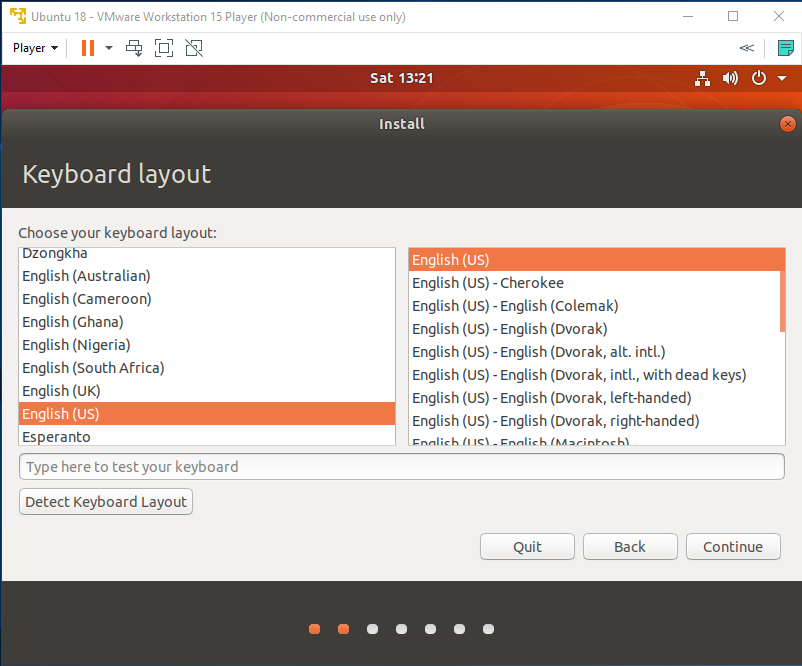

It might be easiest to do initial configuration on a desktop and then transfer the config and disk image to the server. You would still need to set up the VM which can be done, I believe, with VBoxManage ( VBoxManage -help for options there). VirtualBox (what you'll have been reading about in the desktop threads) has a few command line tools that allow you to run any virtual machine in a headless state.Īn example would be: VBoxHeadless -startvm vm_name P.S : you souldn't be afraid of command line. More information in ubuntu official server Documentation -> here Use your regular CD/DVD installer or iso image to install the operating system on the VM. # of processors, memory, etc.) needed to be configured for your VM. You will then be prompted step-by-step on the variables (e.g.

Just right-click on the server and select “New”. Virtual Machine Manager provides a GUI to easily create an image.

NOW YOU ARE READY TO CREATE VIRTUAL MACHINE ON THE SERVER

machine name : ip address of the server.STEP #3: Connect to the server: execute virt-manager gksudo virt-manager STEP #2: Install Virtual Machine Manager (on Ubuntu Desktop machine). STEP #2:allow incoming tcp and udp packet on port 22 (ssh) on server sudo ufw allow 22 This setup guide is to configure a KVM on Ubuntu Server and management of the VMs is done remotely from another machine running Ubuntu Desktop. Libvirt front ends for managing VMs include virt-manager (GUI). Ubuntu uses KVM as the back-end virtualization for non-graphic servers and libvirt as its toolkit/API. The kernel component of KVM is included in mainline Linux, as of 2.6.20. Each virtual machine has private virtualized hardware: a network card, disk, graphics adapter, etc. Using KVM, one can run multiple virtual machines running unmodified Linux or Windows images. KVM (for Kernel-based Virtual Machine) is a full virtualization solution for Linux on x86 hardware containing virtualization extensions (Intel VT or AMD-V).


 0 kommentar(er)
0 kommentar(er)
